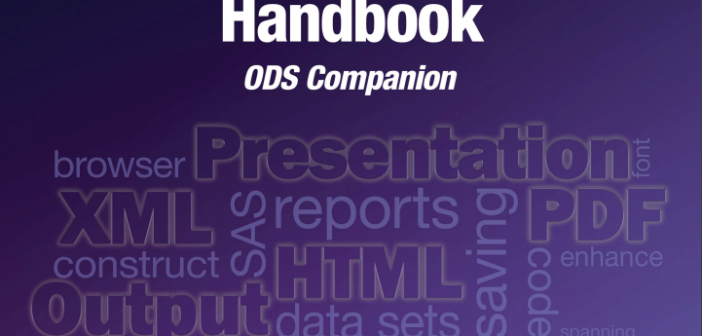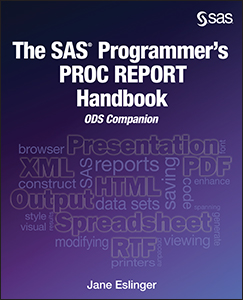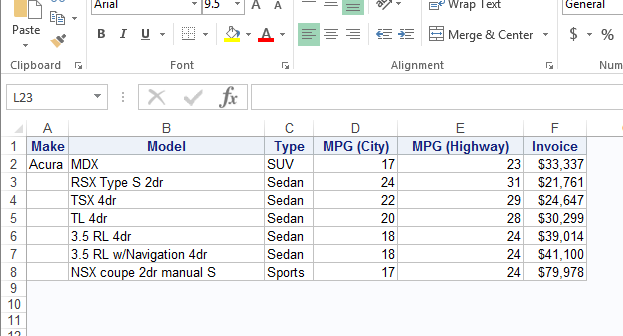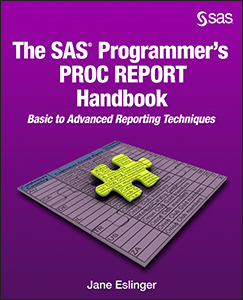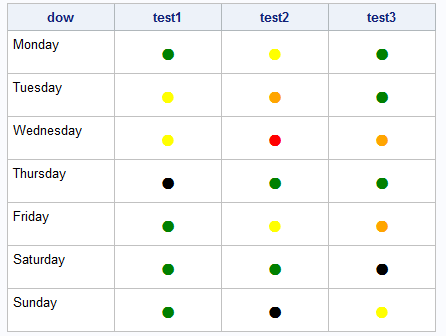
You should play a little. Add dots. Add color. Your PROC REPORT output does not have to be boring. As a matter of fact, it can be both functional and appealing. Any Unicode value will do, but this blog shows how to use the Unicode value for a dot (filled


